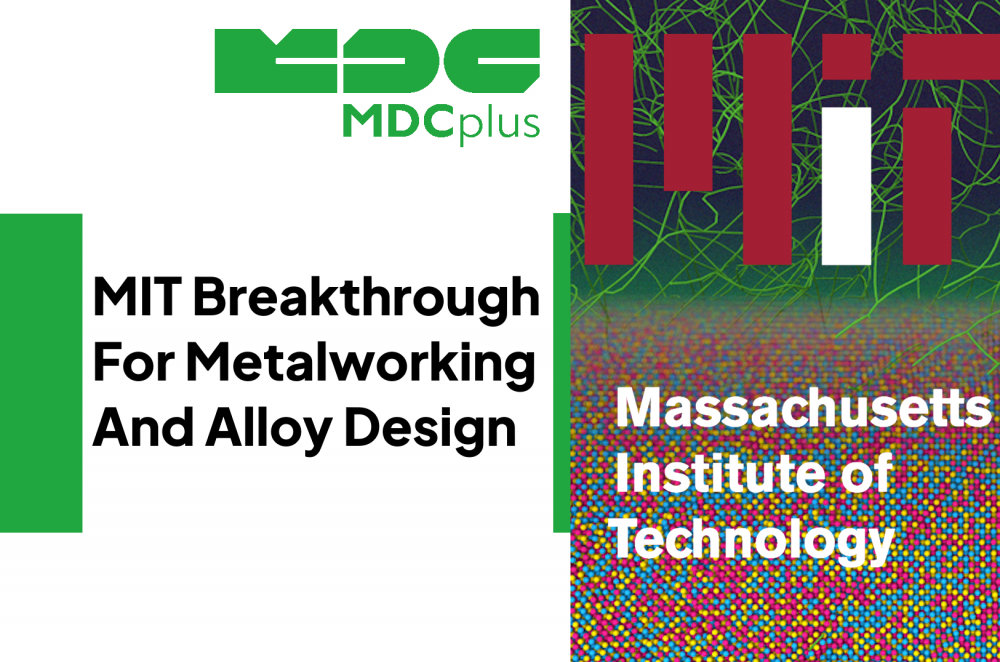MIT Uncovers Hidden Atomic Order in Metals — A Breakthrough for Metalworking and Alloy Design
For decades, engineers assumed that extreme metalworking processes — rolling, forging, heating, and cooling — erased all atomic order. But new research from MIT shows that even under the most violent industrial processing, metals retain subtle patterns of atomic arrangement, revealing an entirely new piece of physics.
What the discovery means
The MIT team proved that during deformation, defects known as dislocations don’t randomize atomic structures as previously thought. Instead, they guide atoms into low-energy configurations that create persistent “far-from-equilibrium” chemical patterns. In other words, you can’t ever completely randomize a metal — atomic order survives and shapes how metals behave.
This insight is a major shift. It suggests that hidden atomic order influences strength, fatigue life, heat tolerance, corrosion resistance, and radiation stability — key factors in aerospace, nuclear, and semiconductor manufacturing.
Why it matters for metalworking
Until now, metallurgical design focused mainly on composition and thermal cycles. The MIT finding adds a new lever: micro-level chemical order born during deformation. This could redefine how engineers tune alloys:
- Rolling and forging schedules could be adjusted to favor desirable atomic patterns.
- Additive manufacturing may exploit these non-equilibrium states to achieve high strength at low density.
- Heat-resistant alloys for reactors or turbines could be optimized for durability by intentionally guiding dislocation-driven order.
- By integrating these effects into process models, manufacturers can move from empirical trial-and-error to physics-informed alloy design.
The broader impact
This discovery also bridges simulation and shop floor reality. Using machine learning and molecular dynamics, MIT modeled millions of atoms to mimic real manufacturing steps — providing a digital twin of what happens during rolling or extrusion. That framework could evolve into a new class of AI-driven predictive tools for metal processing, allowing companies to predict performance before a single ingot is cast.
As Professor Rodrigo Freitas summarized, “You can never completely mix a metal. Processing doesn’t erase order — it creates new order.”
For the metalworking world, that’s both a warning and an opportunity: every press, roll, or weld is shaping not just the geometry of a part but the invisible atomic architecture that determines its lifespan. The next competitive edge in metallurgy won’t come from new elements — it will come from learning how to control the atomic choreography hidden inside every metal.
